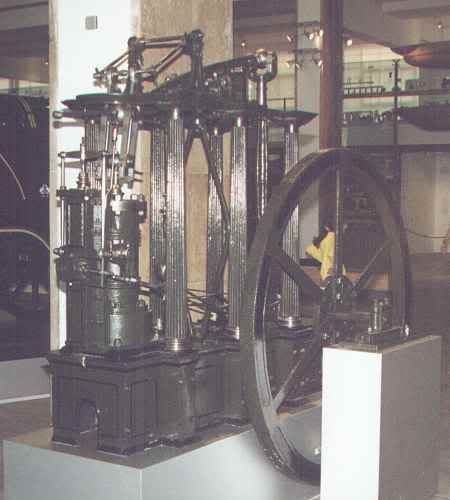Hi Guys
The table I have designed and built is configured as a dividing head to cut gears on my mill. Below is a photo taken during production and is not complete but the general idea is there. It still needs spraying and writing up for the magazine but IT WORKS!!!!!!!
http://i232.photobucket.com/albums/ee35/barneydog7/DSCF1149.jpg
Next link is the first gear cut on it. This was cut using a 24DP cutter on an arbor on the mill. I have since bought two 16dp cutters so the teeth are more in keeping with the engine I am presently building.
http://i232.photobucket.com/albums/ee35/barneydog7/PICT0100.jpg
Next are three pics of the work so far on the wheels for the traction engine. Rear wheel is just over 300mm dia and 50mm wide. Front wheel is about175mm dia by about 30mm wide. Also a pic of the front wheels on their steel axle with the almost completed perch bracket. I do not want to paint this engine. All non-ferrous parts will be buffed as they are. All steel parts will be nickel plated to keep them metal coloured but rust-free. This plating will be done with the Caswell Plating 'Plug n Plate' kit which should be here tomorrow. All these wheels are rolled steel and welded. The spokes are the same steel and the hubs are turned Ali. I intend to use as much ali as poss on this engine to keep the weight down. I have already acquired a 6" by 30" ali tube for the boiler. Whole engine should be about 40" long by about 18" wide and about 15" to the top of the cylinder block ( rough estimates at present)
http://i232.photobucket.com/albums/ee35/barneydog7/PICT0090.jpg
http://i232.photobucket.com/albums/ee35/barneydog7/PICT0092.jpg
http://i232.photobucket.com/albums/ee35/barneydog7/PICT0094.jpg
I did put the pics on as images but they were huge when displayed. Reduced on photobucket to thumbnails but still large. How do you make them smaller to show on the threads?
Julian
The table I have designed and built is configured as a dividing head to cut gears on my mill. Below is a photo taken during production and is not complete but the general idea is there. It still needs spraying and writing up for the magazine but IT WORKS!!!!!!!
http://i232.photobucket.com/albums/ee35/barneydog7/DSCF1149.jpg
Next link is the first gear cut on it. This was cut using a 24DP cutter on an arbor on the mill. I have since bought two 16dp cutters so the teeth are more in keeping with the engine I am presently building.
http://i232.photobucket.com/albums/ee35/barneydog7/PICT0100.jpg
Next are three pics of the work so far on the wheels for the traction engine. Rear wheel is just over 300mm dia and 50mm wide. Front wheel is about175mm dia by about 30mm wide. Also a pic of the front wheels on their steel axle with the almost completed perch bracket. I do not want to paint this engine. All non-ferrous parts will be buffed as they are. All steel parts will be nickel plated to keep them metal coloured but rust-free. This plating will be done with the Caswell Plating 'Plug n Plate' kit which should be here tomorrow. All these wheels are rolled steel and welded. The spokes are the same steel and the hubs are turned Ali. I intend to use as much ali as poss on this engine to keep the weight down. I have already acquired a 6" by 30" ali tube for the boiler. Whole engine should be about 40" long by about 18" wide and about 15" to the top of the cylinder block ( rough estimates at present)
http://i232.photobucket.com/albums/ee35/barneydog7/PICT0090.jpg
http://i232.photobucket.com/albums/ee35/barneydog7/PICT0092.jpg
http://i232.photobucket.com/albums/ee35/barneydog7/PICT0094.jpg
I did put the pics on as images but they were huge when displayed. Reduced on photobucket to thumbnails but still large. How do you make them smaller to show on the threads?
Julian






